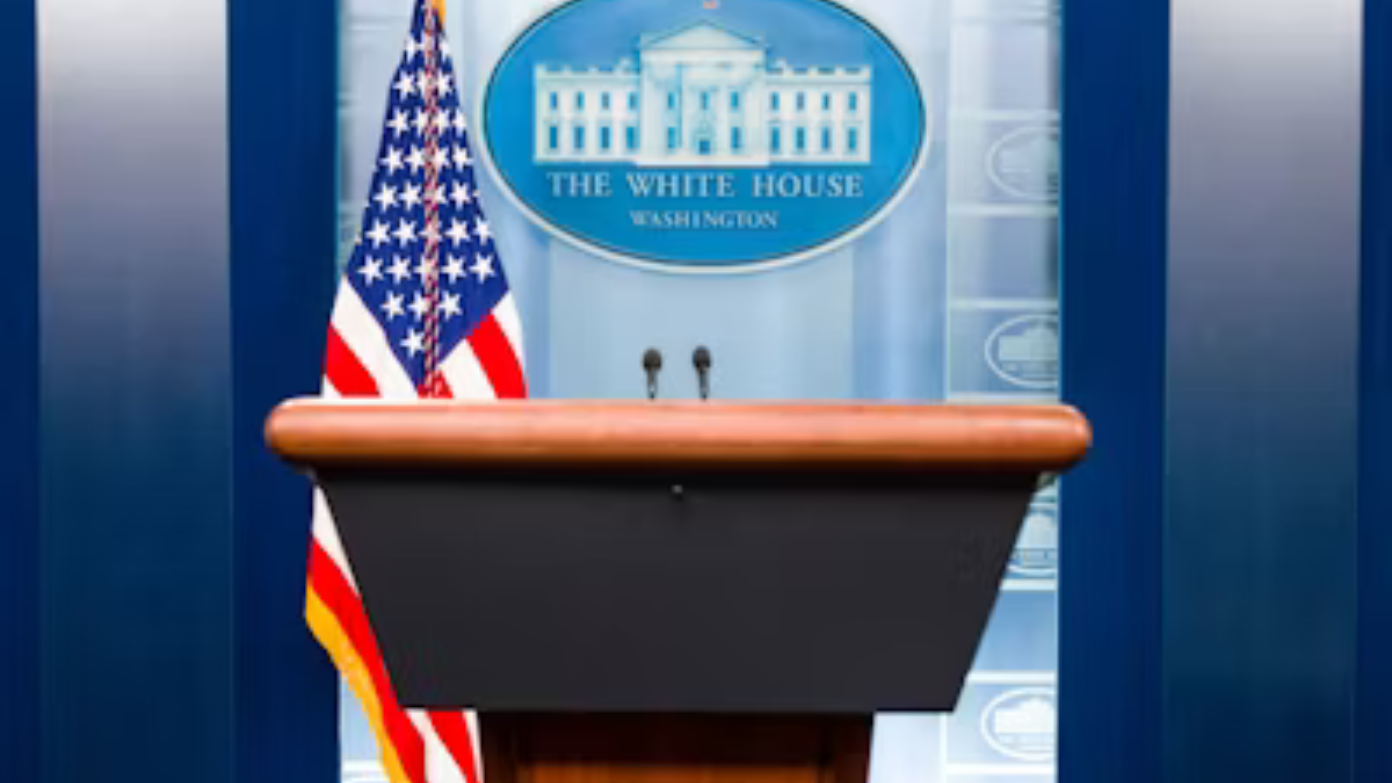The White House of President Donald Trump is waging an energetic defense of its far-reaching tax bill, resisting forceful rejection warnings from economists and budget experts that the “One Big Beautiful Bill” will put economic growth in the slow lane and have an astonishing multiplying impact on the national debt. As the Senate debates the behemoth reconciliation bill, the White House has mounted an all-out counterattack against the Congressional Budget Office estimates, calling into question the validity of traditional economic projections and basking in rosy growth predictions that administration officials are sure will vindicate the accuracy of their tax-cutting policy.
Administration challenges Congressional Budget Office estimates
The foundation of the White House argument rests on a broad disagreement with the Congressional Budget Office projections. The CBO estimates the House-passed Trump tax bill would add $2.42 trillion to budget deficits over the period of the decade, with the agency predicting real GDP of only 0.4% greater in 2034 than under current law. That fairly modest growth projection has come under scathing attack from Treasury Secretary Scott Bessent and other aides to the administration.
“That underlying issue that we do have is that the CBO has too pessimistic of a GDP growth estimate. They’re making the assumption for the 10 years that the economy only grows 1.8% per year, which is extremely low,” counselor to Treasury Secretary Scott Bessent Joseph Lavorgna said. The administration argues that when economic projections begin with so weak growth assumptions, they necessarily produce anemic revenue estimates and larger deficits than will exist.
Treasury Secretary Bessent has been especially outspoken in his criticism of CBO scoring estimates as “crazy” and irate at what he sees as systematic underestimation of the economic payback on tax cuts. “I was in the investment business for 35 years, I thought I knew how crazy CBO scoring is,” Bessent said to CNBC. “And now that I’ve got over the wall, I can assure you it’s really nuts. And highly improbable we’re going to receive any credit in CBO scoring for tariffs”.
White House projects dramatic economic growth surge
In direct contravention of the CBO’s dire predictions, Wednesday saw the White House Council of Economic Advisers publishing a sweeping report arguing that Trump’s domestic and tax policy agenda will drive an enormous economic boom. The CEA predicts that the entire package of Trump policies, including deregulation, tax cuts, and tariffs, will have the U.S. debt-to-GDP ratio decline to 94% in a decade, from today’s levels of around 98%.
The White House estimate extends far beyond normal economic analysis, estimating GDP 2.4% to 2.7% higher a decade from when the bill became law. Those estimates are a long way from other independent estimates, such as those from the Penn Wharton Budget Model and the Joint Committee on Taxation, which have produced similar modest growth rates in the range of 0.4%.
The Council of Economic Advisers’ report indicates that the tax bill would restore unprecedented economic gains in the next four years, such as 9.8% to 14.5% more investment, 4.2% to 5.2% more real GDP, and 6.6 to 7.4 million full-time equivalent jobs created or saved. In the longer term, the administration estimates even more spectacular gains, such as $6,100 to $11,600 increases in employee salaries and $7,800 to $13,300 in added take-home pay for a median family with two children.
Protecting tax cuts as economic growth engine
Central to the case by the administration is the argument that tax cuts will be a positive force pushing long-term economic growth. The White House has persistently maintained that extending and making permanent provisions of the 2017 Tax Cuts and Jobs Act would avoid what they describe as the “largest tax increase in history” and deliver unparalleled benefits for working families.
Treasury Secretary Bessent has outlined the tax bill as part of a broad economic strategy that combines tax cutting with deregulation and careful deployment of tariffs. “The three legs of the Trump economic strategy—trade, tax cuts, and deregulation—are interrelated and work together as part of an ecosystem to drive long-term investment in the US economy,” Bessent said during the Milken Global Conference.
The administration’s strategy is an article of faith of supply-side economics, as policymakers contend that higher tax rates will produce business investment, jobs, and wage increases enough to offset lost revenues with increased economic activity. This same spirit is why the White House believes that their tax cuts in effect will pay for themselves with greater economic growth.

